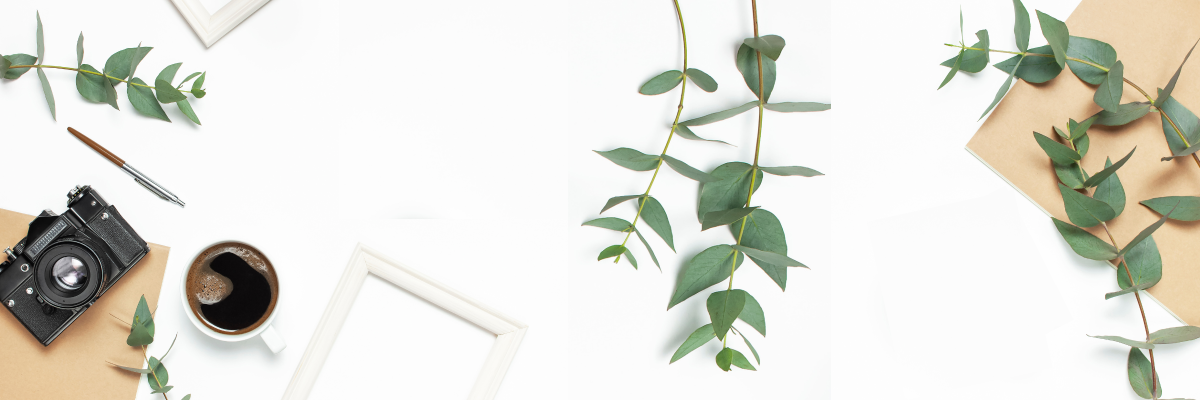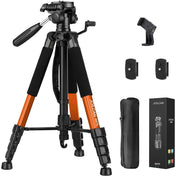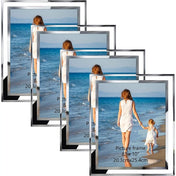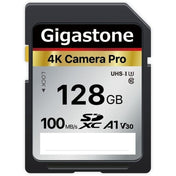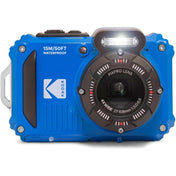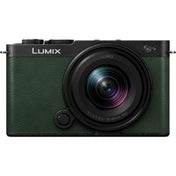Underwater photography offers a captivating glimpse into the vast and mysterious world beneath the waves. Whether you are a novice diver or an experienced ocean explorer, capturing the beauty of the underwater realm can be a fulfilling endeavor. In this guide, we’ll dive into essential tips, techniques, and equipment to help you master underwater photography, including insights on using the Sony FE 50mm lens for stunning results.
The Allure of Underwater Photography
Underwater photography attracts many for its unique challenges and breathtaking visual storytelling potential. From vibrant coral reefs to the serene elegance of marine life, there’s a whole universe waiting to be discovered through your lens. Before getting started, you’ll need to understand some fundamentals.
Choosing the Right Equipment
Your equipment plays a critical role in the quality of your underwater photographs. Below are key components to consider:
1. Camera Type
While many DSLR and mirrorless cameras are suitable for underwater photography, it’s crucial to choose a camera that allows you to attach a suitable underwater housing. This will help protect your gear from saltwater damage.
2. Lens Selection
When it comes to lens choice, the Sony FE 50mm lens is an excellent option. Known for its sharpness and low-light performance, it allows for stunning, detailed close-ups of marine life. A prime lens can also enhance your underwater captures with bright, vivid colors.
3. Underwater Housing
Investing in a robust underwater housing is non-negotiable if you wish to shoot below the surface. Ensure that your housing is rated for the depths you plan to explore and that it offers easy access to your camera's controls.
4. Lighting Solutions
Due to sunlight having limited penetration in water, having a good lighting setup is vital for underwater photography. Consider using external strobes or video lights to illuminate your subjects and bring out the vibrant colors of the underwater landscape.
5. Accessories
Finally, don’t forget about the important accessories: a good trip, extra batteries, lens cleaning kits, and a floating strap. These items will keep you prepared and ensure a smooth shooting experience.
Understanding Underwater Lighting
Lighting under the sea is dramatically different from what you would encounter on land. As light travels through water, its colors begin to diminish, primarily reds and oranges. This phenomenon is crucial to understand to capture the best images.
1. Using Natural Light
When shooting at shallow depths, take advantage of natural sunlight. Early mornings and late afternoons provide the best lighting conditions, enhancing colors and reducing harsh contrasts.
2. Supplementing with Strobes
When venturing deeper, utilize strobes or artificial lights to illuminate your subjects. Position lights at angles to reduce backscatter from particles suspended in the water, which can ruin your shots.
Mastering Composition Techniques
Composition is critical in photography, even more so underwater, where challenges like buoyancy and movement can complicate the shot. Here are a few techniques to help improve your underwater images:
1. Rule of Thirds
Use the rule of thirds to create balanced and engaging compositions. Position focal points on the intersecting lines rather than centering them exclusively. This enables viewers to follow the flow of your image naturally.
2. Leading Lines
Incorporate leading lines into your images to draw the viewer's eye toward your subject. Lines formed by coral formations or fish trails can guide attention directly where you want it.
3. Create Depth
Include foreground elements to create depth in your images. This could be a diver interacting with marine life or aquatic plants in the water. A sense of depth can evoke emotion and intrigue.
Perfecting Your Technique
Regardless of equipment, knowing how to operate within the constraints of underwater environments is essential. Follow these techniques to elevate your underwater photography:
1. Be Patient
Underwater photography is not a race. Take your time to observe your environment, and let marine life come to you. Ensure that you’re ready to shoot when the moment is right.
2. Control Your Buoyancy
Mastering buoyancy is crucial for maintaining stability while shooting. Practice your buoyancy control during dives to avoid disrupting marine life or your focal point.
3. Focus on Eyes
When photographing marine creatures, make sure to focus on the eyes. This method draws viewers into the image and creates a connection. Animal portraits can evoke empathy and enhance storytelling.
Diving Deep Into Post-Processing
Even the best underwater shots sometimes require a bit of digital tweaking. Post-processing lets you enhance your images and bring them to life:
1. Color Correction
Use editing software to adjust the colors of your underwater images. Enhance the blues and greens to bring out the depth, and add warmth to coral shots that may have lost their vibrancy.
2. Cropping and Framing
Crop any distractions from your images. Tighten up the composition to enhance focus on your subject. Experiment with different crop ratios to find the perfect look.
3. Sharpening
Apply sharpening to your images to enhance detail. However, be cautious not to overdo it, as excess sharpening can create noise in your photos.
Protecting Our Underwater Ecosystem
As underwater photographers, we have a responsibility to protect marine environments. Always practice sustainable diving to minimize your impact:
1. Respect Marine Life
Avoid disturbing marine creatures. Keeping your distance allows you to capture their beauty while avoiding stress for the animals.
2. Follow the “Leave No Trace” Principle
Leave the underwater world as you found it. Avoid touching corals, altering habitats, or removing items from their environment.
3. Use Eco-Friendly Photography Practices
Permit biodegradable, reef-safe products when prepping for your dives. Reduce plastic use and dispose of trash responsibly to aid in conserving our oceans.
Connect with Fellow Photographers
Joining a community of underwater photographers can significantly enhance your experience. Networking and sharing with like-minded individuals can provide inspiration and support:
1. Online Communities
Forums and social media platforms are excellent places to share your work, get feedback, and learn from others. Join groups dedicated to underwater photography to enjoy discussions, critiques, and workshops.
2. Photography Workshops
Participating in underwater photography workshops can help you refine your skills. These hands-on experiences often provide expert instruction while diving in stunning locations.
Find Your Unique Style
Every photographer has a unique perspective. While techniques and methods are critical, finding your voice is equally important. Explore different subjects, settings, and styles until you discover the niche that resonates with you the most.
Remember, the more you practice and experiment, the more confidence you will develop in your underwater photography. Get your camera ready, dive in, and share your underwater journey with the world!

